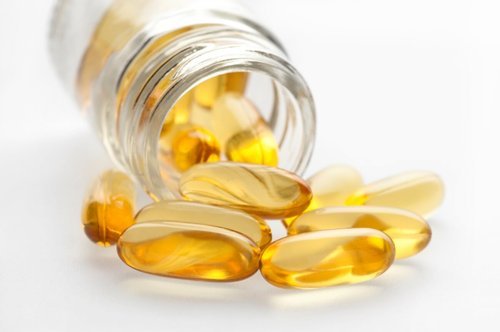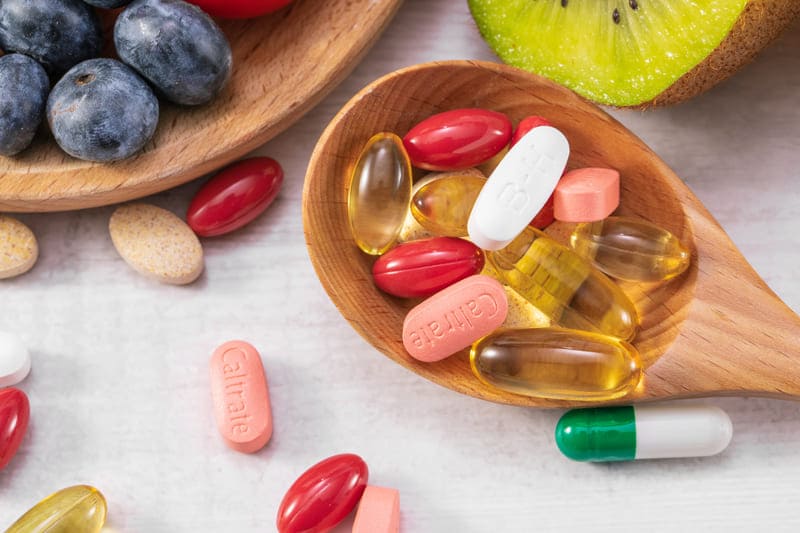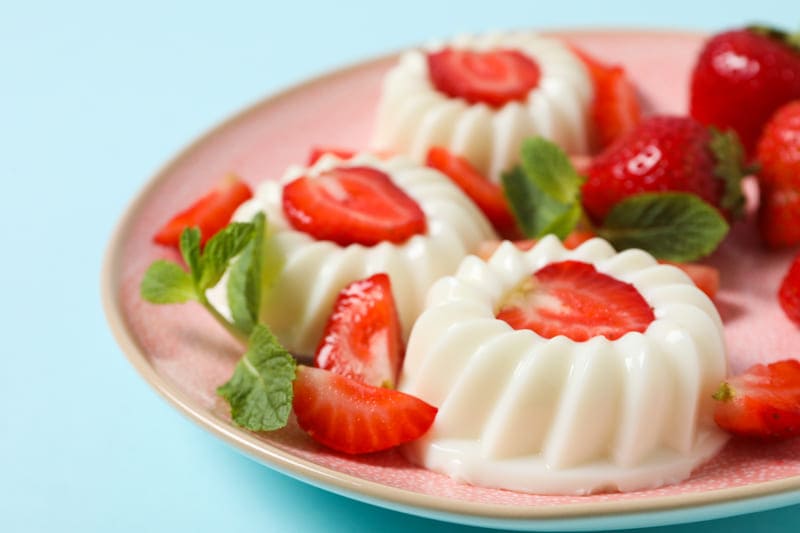Gelatin for soft capsules / Softgel, what is it?
Gelatin capsules are commonly used in the pharmaceutical industry as containers for drugs. Not only are they easy to manufacture, but they do not require complex formulations to produce unlike some other drug containers. Even gelatin capsules are in divided into hard and soft capsules, the trend of the soft one is on the rise: a lot of industries use it for their products such as beauty products, shampoo, conditioner, supplements, etc. Thus, it is time to learn more about this type of gelatin capsule.
Soft Gelatin Capsules:
Also called softgels, soft gelatin capsules are a case produced from a single piece of gelatin, rather than two halves attached together. They are used for solutions not based on water, as this would dissolve the gelatin, but for oil based solutions. The active ingredients is dissolved in the oil-based solution, and once the capsule is ingested, it dissolves within the body, releasing the drug. The capsule dissolves within minutes of reaching the stomach. The soft gelatin capsule is manufactured and filled using the same machine as part of a single process, and some have the brands or dosage strength printed on then. Gelatin is hygroscopic in nature, and the gels contain between 5-14% water.
As you can see, the primary ingredients and the formulation of the softgel seem quite complicated and there are still some strengths and weakness to take into account:
Advantages of softgels or soft gelatin capsules:
- Easy to swallow, no taste, unit dose delivery, tamper-proof.
- Wide variety of colors, shapes, and sizes.
- Accommodates a wide variety of compounds filled
- as a semi-solid, liquid, gel or paste.
- Immediate or delayed drug delivery.
- Can be used to improve bioavailability by delivering
- drug in solution or other absorption enhancing
- media
Disadvantages of softgels or soft gelatin capsules:
- Requires special manufacturing equipment.
- Stability concerns with highly water soluble compounds, and compounds susceptible to hydrolysis.
- Limited choices of excipients/carriers compatible with the gelatin.
Let’s get into some technical detail on the softgel components.
The formulation of outer shell of softgels:
The outer shell is composed of a gelatin or potato starch matrix. Gelatin matrix consists of gelatin, plasticizer, solvent and optional ingredients such as flavors and colorants.
Gelatin – bovine, porcine, or piscine (fish) origin. Comes in a variety of bloom strengths, the higher the bloom strength, the more resilient the gel. Most oil based fills are encapsulated using a bloom strength of 150. When polyethylene (PEG) based fills are used, higher bloom strength is generally used. The limitations of bovine (i.e. bovine-related diseases)
and porcine (i.e. not kosher) gelatin may be overcome by piscine (fish) gelatin.
Plasticizer – Glycerin and Sorbitol Special are the two most common plasticizers. Glycerin is generally used with oil based fills. Sorbitol Special is used with PEG based fills. Sorbitol is not soluble in PEG and therefore will not leach out of the shell into the PEG based fill like Glycerin would. Sorbitol Special is formulated to inhibit sorbitol from crystallizing out in the gelatin shell. Do not substitute Sorbitol for Sorbitol Special.
Solvent – Water
Optional Ingredients – Approved colors and flavors.
Potato starch matrix – This is a smooth, transparent substance resembling gelatin, which is neutral in taste and color, easily digestible and of plant origin, and therefore, the concerns of certain bovine related diseases are not an issue, and they offer a gelatin free alternative for vegetarians and vegans.




